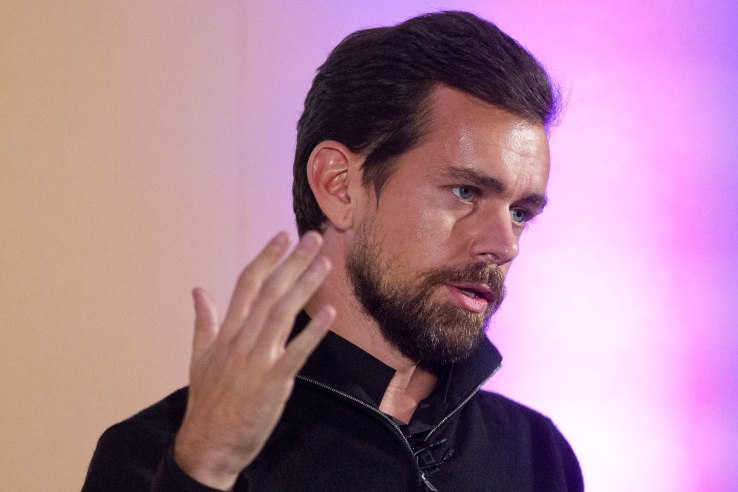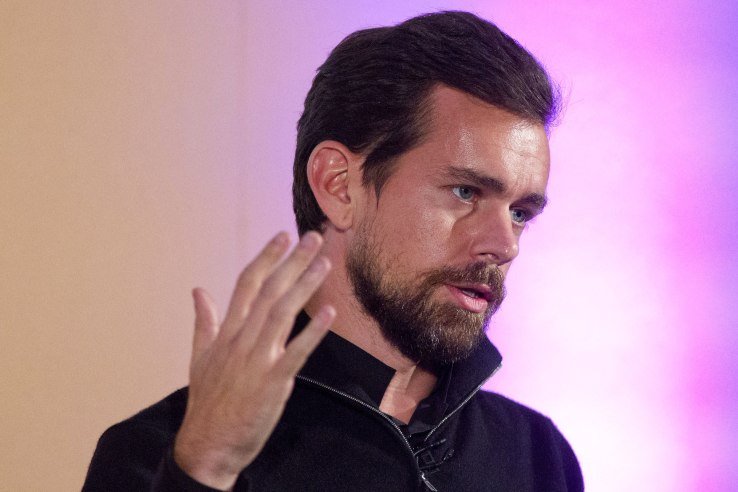

Last quarter, Twitter’s user base (excluding SMS fast-followers) actually shrank — and this was a huge moment for the company.
While there were whispers of peak Twitter circling for some time now, that looming theory was finally confirmed in the company’s fourth-quarter results. Twitter had gone from 307 million users to 305 million. Twitter, at one point a rocket-ship, had stalled out and needed to frantically find new avenues for growth.
So it’s not a surprise that, once again, everyone will be watching Twitter’s user numbers to see whether they will grow, shrink, or just go nowhere. Growing Twitter’s user base is absolutely critical for the company, simply because that’s the pool of people that it can monetize through advertising. Twitter is barely growing year-over-year, and quarter-over-quarter, it’s trending south. That’s not a good sign for the company.
Twitter hasn’t had a huge issue monetizing its existing user base, being able to generate hundreds of millions of dollars off its advertising business. The company regularly posts strong quarters and can meet what investors are looking for — which is why its user growth numbers are so critical for Twitter. Meeting expectations are one thing, but surprising the world with evidence that the company can continue to grow is far more important.
There are other avenues that Twitter has been exploring closely, such as tapping developers to expand its advertising footprint through MoPub. By increasing that developer network, Twitter can continue to grow its advertising business without necessarily needing to continue building up its user base at a fast rate. We’ll be watching this space, for sure, but it’s not necessarily going to be a massive growth area for the company yet. It might eventually appease investors and industry-watchers, but so far not so much.
It’s also increasingly tricky because of the 800 pound gorilla in the room that is slowly encroaching on Twitter’s territory: Facebook. Facebook launched Facebook Live earlier this year, giving the company a direct competitor to Periscope (as well as other live broadcasting tools). And if an exploding watermelon can attract hundreds of thousands of videos, that’s evidence enough that Twitter has to take Facebook seriously when it comes to live video — another potential area for growth that the company is trying to explore. Twitter, in addition to growing its user base, needs these new growth areas to be successful if it’s going to show it’s more than a one-trick pony.
So, in short, new CEO Jack Dorsey has a lot of work to do. And he’s made some significant changes since joining in the form of executive changes and new board members already, as well as essentially throwing the old playbook out. Twitter even axed a pure time-order timeline in favor of one that includes recommended tweets. Dorsey himself has also acknowledged that Twitter can be a confusing place, and is looking to clean up the service and make it more palatable to new users.
These are pretty drastic moves, but they’re necessary for the company, which has seen its stock continue to crater even as Dorsey works to right the ship. Shares of Twitter are down more than 65% on the year.
All this is important for Twitter because it has to assure investors that it can be a strong, independent publicly traded company — and not just an acquisition target. And that depends on continuing to grow its business, which it can do in one of three ways: become better at targeting advertisements and improve their return, find new avenues of revenue, and grow its user base. And there’s only so much that Twitter, a social network, can do for the first two before it has to rely on an increasing user base that it can sell advertising inventory against.
Featured Image: JUSTIN TALLIS/AFP/Getty Images

